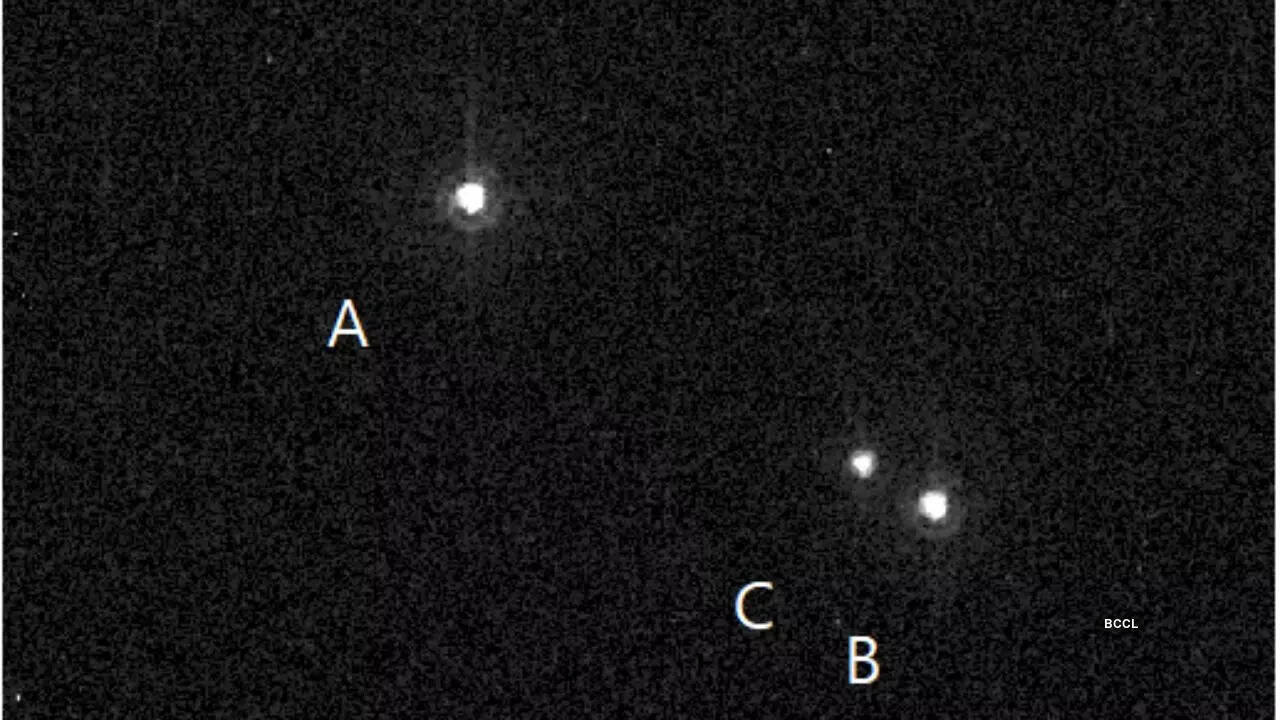Scientists find that the closest planet to Earth is barely 22 light years away.

Scientists have found that the Earth-like exoplanet ‘LTT 1445 Ac’ is barely 22 light-years away from Earth. NASA, a source
Recently, scientists have made a remarkable discovery in space: there is a planet about 22 light-years away from Earth that is strikingly comparable in size to Earth. This far-off but alluring world is a fascinating addition to the list of exoplanets, around a small red dwarf star.
This exoplanet the size of Earth has been given a name by the scientific community: LTT 1445 Ac. Its radius is around 1.07 times that of Earth, and its mass is about 1.37 times that of our planet. Given its intriguing closeness to our solar system, this celestial body is a prime target for further investigation.
But LTT 1445 Ac’s searing surface temperatures make it uninhabitable for life as we know it. Notwithstanding this disadvantage, the startling similarity between Earth and this recently discovered exoplanet presents a priceless chance for scientists to decipher the complicated dynamics of planetary evolution. Deeper exploration of the unique characteristics that set apart Earth-like worlds from one another could provide important new understandings of the nature of other worlds.
Data from the Transiting Exoplanet Survey Satellite (TESS), a painstakingly built exoplanet search device, was obtained in 2021 and LTT 1445 Ac was identified. However, there were difficulties in observing this celestial entity, which hindered a thorough comprehension of its characteristics. Exoplanets can be challenging to observe, particularly those hidden away in systems with many stars. This is due to the fact that companion stars barely affect the light emitted by the host star.
However, how do researchers unravel the enigmas surrounding these far-off exoplanets?
Two essential measurements that guide their search are transit and radial velocity data. The former entails seeing the minute decrease in a star’s brightness caused by an orbiting exoplanet passing in front of Earth. The latter measures extremely small changes in the starlight’s wavelength, indicating the gravitational attraction an exoplanet has on its parent star.
These two data sets are essential for figuring out the basic characteristics of exoplanets. The amount of light fading during a transit is quantified by transit data, which helps determine the radius of an exoplanet. However, radial velocity information provides important clues about the mass of the exoplanet. When taken together, these observations provide the exoplanet’s density, which is an important factor in determining its structure and makeup.
A lower density exoplanet might be similar to a gas giant and could have a thin atmosphere, whereas a greater density suggests a rocky composition similar to that of terrestrial planets such as Earth, Venus, Mars, or Mercury.
This finding is evidence of humanity’s unwavering quest to learn more about celestial bodies outside of our solar system. In addition to piqueing scientific interest, the search for answers on these far-off worlds promises to increase our knowledge of the enormous and varied universe.






